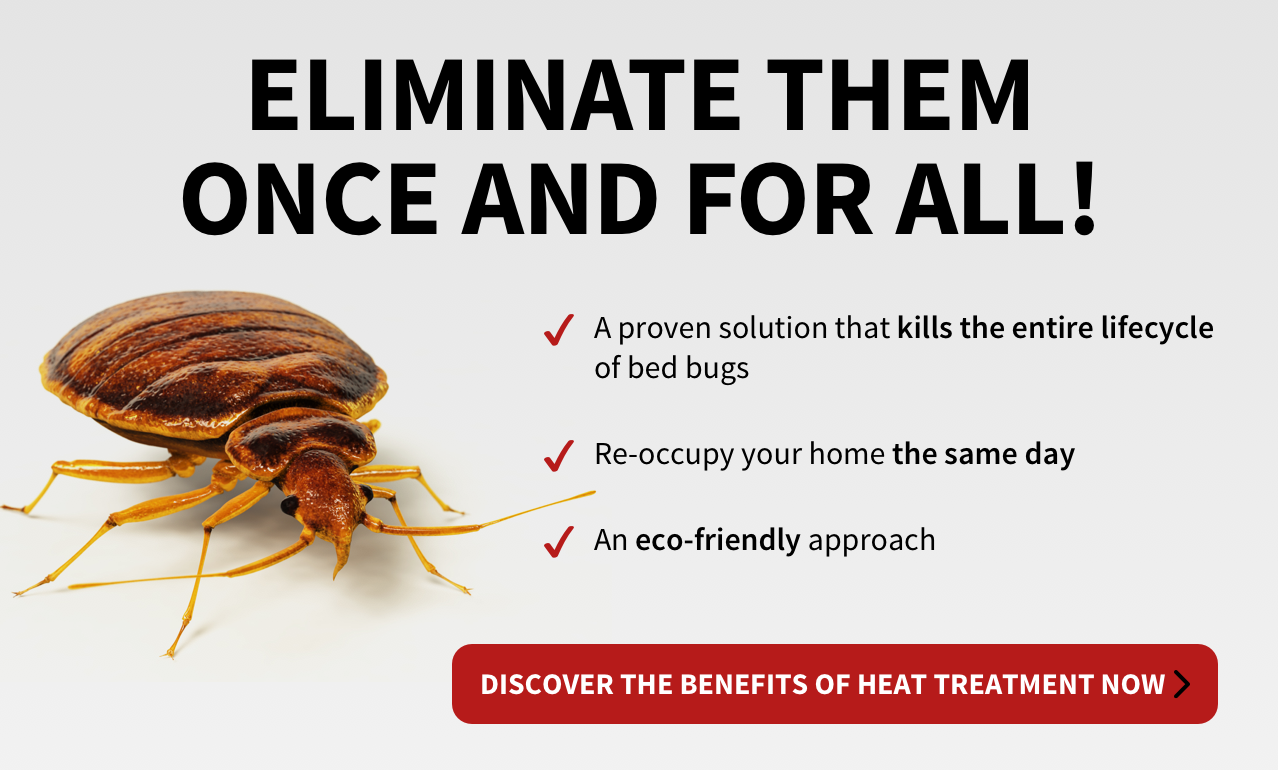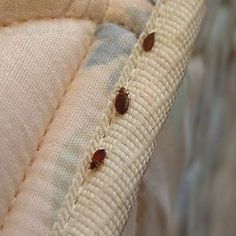A1 Bed Bug Exterminator Houston: Quick Removal Solutions
Wiki Article
Understanding the Lifecycle of Pests for Targeted Control Methods
Comprehending the lifecycle of insects is a basic element of effective pest monitoring techniques. By comprehending the numerous stages of growth that bugs undergo, an extra accurate and targeted strategy can be embraced to control their populaces. This knowledge not just drops light on the vulnerabilities within the parasite lifecycle however also leads the way for carrying out tactical actions that can disrupt their development and reproduction cycles. Via a deeper understanding of just how insects advance and flourish, customized control techniques can be made to deal with details points in their lifecycle, inevitably leading to even more effective insect monitoring outcomes.Significance of Understanding Pest Lifecycle
Understanding the lifecycle of parasites is vital for creating reliable and targeted control strategies in insect administration. By comprehending the numerous stages a pest experiences from egg to adult, bug control specialists can recognize weak spots in the lifecycle where intervention can be most successful. For instance, understanding when larvae are most active can assist figure out the optimum timing for using larvicides. In addition, recognizing the life-span of an insect types can help in predicting population development patterns and possible problem threats.Additionally, acknowledging the particular environmental problems needed for every stage of the parasite's lifecycle can lead decisions on habitat alteration or exemption techniques to disrupt the lifecycle and lower pest populaces. This understanding enables pest monitoring specialists to execute proactive actions instead of counting exclusively on reactive therapies, resulting in more lasting and sustainable pest control options. Ultimately, a thorough understanding of parasite lifecycles empowers parasite control professionals to tailor their methods efficiently, taking full advantage of and decreasing environmental influences control outcomes.
Trick Stages in Bug Development
To successfully implement targeted control methods in pest administration, a crucial element depends on comprehensively determining and recognizing the key stages in parasite development. Insect growth typically consists of numerous vital stages that are vital for their lifecycle and monitoring. The first stage is the egg phase, where parasites lay eggs that later on hatch into larvae. Larvae then proceed right into pupae, a stage where they undergo metamorphosis before arising as grown-up parasites. Understanding these stages is vital as it aids in determining weak spots in the lifecycle where control steps can be most efficient.

Susceptabilities in Pest Lifecycle
Throughout the different stages of an insect's lifecycle, distinct vulnerabilities emerge that can be purposefully targeted for reliable control actions. One essential susceptability exists in the egg phase, where insects are typically much more vulnerable to certain pesticides or A1 Bed bug Exterminator houston organic control representatives because of their soft outer covering, making them easier targets for treatment. In addition, the nymph or larval stage presents susceptabilities as bugs go through rapid development and advancement, needing high energy intake that can be made use of by disrupting their food resources or presenting development inhibitors. Pupal phases, defined by immobility and transformation, supply a window for targeted control through physical obstacles or particular treatments that prevent successful emergence. Ultimately, grown-up parasites, while a lot more resilient as a result of their reproductive capability, can still be vulnerable throughout mating or egg-laying tasks, which can be interrupted through scent traps or sanitation techniques. Recognizing these vulnerabilities in the parasite lifecycle is vital for developing accurate and reliable control techniques that properly manage bug populations while minimizing ecological influence.Applying Targeted Control Procedures

Executing targeted control procedures typically includes a multi-faceted strategy. This may include habitat alteration to make the environment less welcoming to parasites, such as removing standing water for mosquito control or securing access points for rodents. Furthermore, organic control approaches can be utilized, where natural killers or microorganisms are introduced to maintain parasite populaces in check.
Integrated Bug Monitoring (IPM) methods that integrate various control actions in a worked with and sustainable manner are often the most reliable in accomplishing long-lasting pest monitoring goals. By executing targeted control measures based on a detailed understanding of bug lifecycles, insect populations can be successfully controlled while minimizing dangers to human health and the setting.
Improved Pest Monitoring Practices

Moreover, the incorporation of biological control representatives, such as natural killers or microorganisms of parasites, can assist lower reliance on chemical pesticides and advertise a much more well balanced community. Applying physical barriers and catches can also belong to boosted insect monitoring practices, using non-toxic and targeted options for bug control. Additionally, the usage of scents and other semiochemicals can interrupt pest breeding patterns and communication, causing reduced insect populaces over time.
Final Thought
By determining vital stages in pest advancement and vulnerabilities in their lifecycle, targeted control steps can be carried out to lessen parasite populaces. Boosted parasite monitoring techniques can aid lower the dependence on broad-spectrum chemicals and advertise more sustainable and ecologically friendly parasite control methods.Understanding the lifecycle of pests is essential for developing reliable and targeted control approaches in parasite monitoring. By understanding the different stages a pest goes via from egg to grownup, bug control experts can identify vulnerable factors in the lifecycle where treatment can be most successful. Ultimately, a thorough understanding of parasite lifecycles empowers pest control experts to customize their techniques effectively, making the most of and lessening ecological effects control end results.
By carrying out targeted control steps based on a thorough understanding of parasite lifecycles, insect populations can be successfully managed while minimizing dangers to human health and wellness and the environment.
By determining essential phases in insect advancement and susceptabilities in their lifecycle, targeted control procedures can be implemented to reduce parasite populations.
Report this wiki page